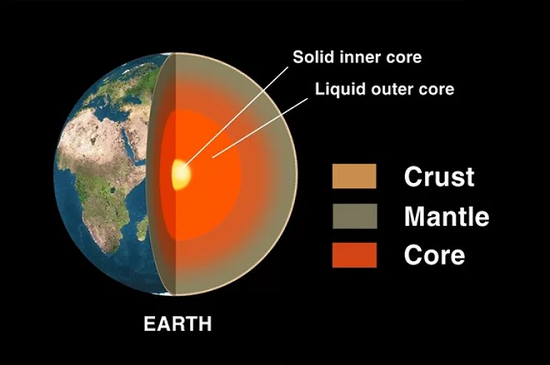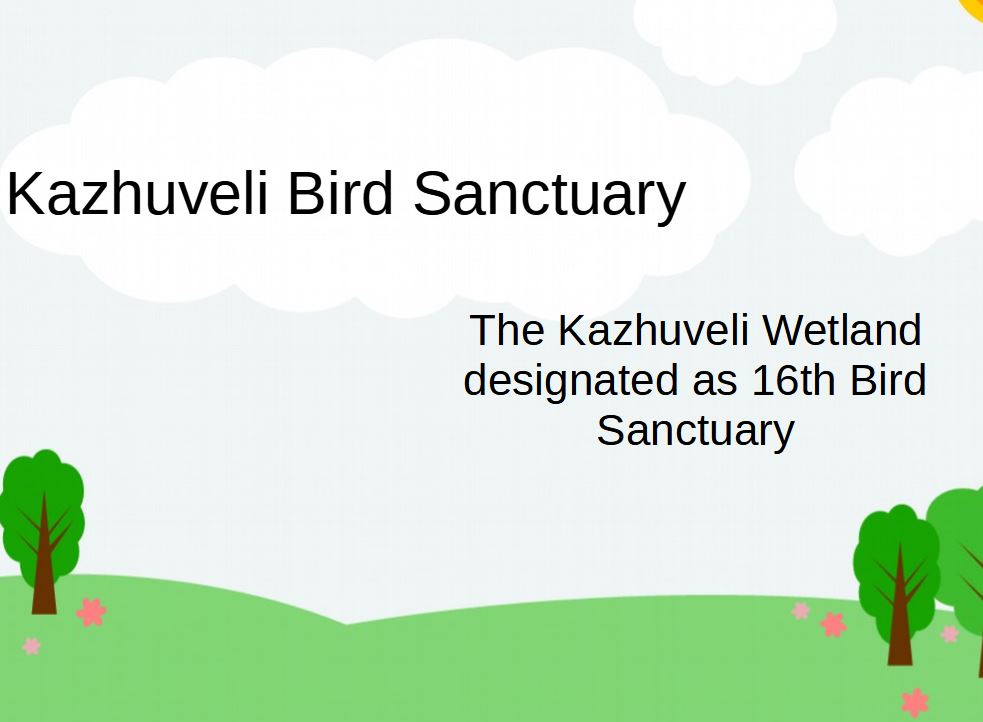Updated By: LatestGKGS Desk
Earth Structure: Earth's Layer and their thickness, effect and nature

Earth Structure: The Earth is a fundamentally made of several layers the inner core, outer core, mantle and crust and effect
The structure of earth is fundamentally divided into three layers – crust, mantle and core
Crust:-
It is the outermost solid part of the earth, normally about 8-40 km thick.
It is brittle in nature.
Nearly 1% of the earth’s volume and 0.5% of earth’s mass are made of the crust.
Mantle:-
The portion of the interior beyond the crust is called as the mantle.
The mantle is about 2900kms in thickness.
Nearly 84% of the earth’s volume and 67% of the earth’s mass is occupied by the mantle.
The density of the layer is higher than the crust and varies from 3.3 – 5.4g/cm3.
Core:-
The innermost layer surrounding the earth’s centre.
The core is separated from the mantle by Guttenberg’s Discontinuity.
It is composed mainly of iron (Fe) and nickel (Ni) and hence it is also called as NIFE.
The core constitutes nearly 15% of earth’s volume and 32.5% of earth’s mass.
The core is the densest layer of the earth with its density ranges between 9.5-14.5g/cm3.


